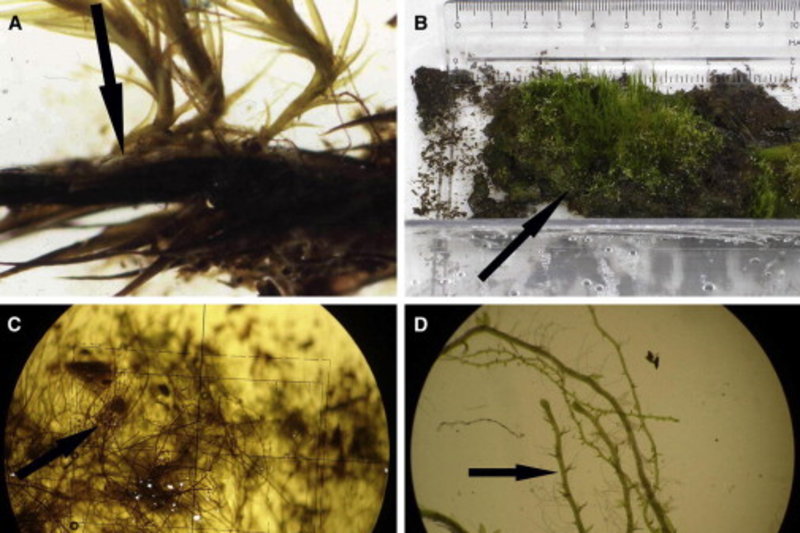Researchers revive moss trapped in Antarctic ice for 1,600 years

"I planted, Apollos watered, but God was causing the growth.[1Corinthians 3:6]
The revival of a 32,000-year-old flowering plant buried deep in Siberian soil was big newsin 2012. The idea that researchers could resurrect past plant life by cloning the genetic material contained in frozen fruiting tissue seemed to come right out of a sci-fi novel. But a study published yesterday in Current Biology may actually deserve more attention, as scientists have now demonstrated that some plants need far less help with regaining life, the Associated Press reports. Using only heat and water, researchers were able to revive a 1,600-year-old Antarctic moss, making Chorisodontium aciplyllum the oldest multicellular organism revived to date — and, arguably, one of the hardiest.
"Thou fool, that which thou sowest is not quickened, except it die:And that which thou sowest, thou sowest not that body that shall be, but bare grain, it may chance of wheat, or of some other grain:But God giveth it a body as it hath pleased him, and to every seed his own body. [1 Corinthians 15:36-38]
"THE POTENTIAL CLEARLY EXISTS FOR MUCH LONGER SURVIVAL."Buried on Signy Island, the thawed moss started greening with new shoots after only three weeks of light care in a UK laboratory. The ease with which this plant was revived, the researchers wrote in the study, is a sign that "the potential clearly exists for much longer survival."The finding could help scientists re-evaluate how we decide whether an organism is alive or dead, the Associated Press reports. And, much like the recent revival of a previously unknown form of giant virus in Siberia, this discovery hints at the possible repercussions of climate change. Should the ground continue to thaw in regions of Alaska, Russia, and Greenland, we may see the reemergence of a number of organisms with astonishing survival skills.


Comments
Post a Comment